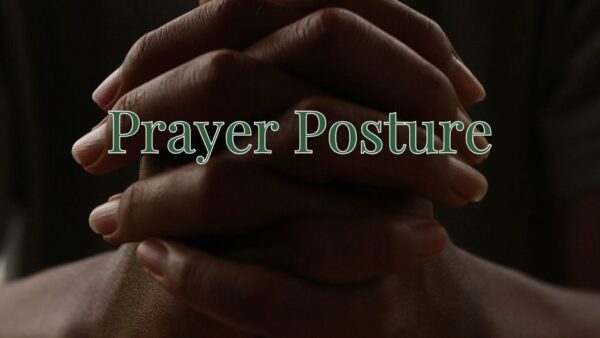I love you, but you’re wrong more often than you think.
If you’re wondering to whom that sentence is addressed … keep wondering. If you think it might be you, it probably isn’t … unless you think it really applies to you.
I actually didn’t have anyone in mind. I used that sentence as an illustration to make a point about the art of healthy conversations. This is the fourth post of this series. (See the first installment here, the second here, and the third here).
What I hope to show you in this post is the power of one little word and how exchanging that one little word for another can make all the difference in encouraging real dialogue.
Can you guess the one little word to which I’m referring in that first sentence?
If you guessed BUT you are absolutely right.
Here’s the interesting thing about BUT: it has a negating effect on every word that precedes it. If I say, ”I love you, but …,” what you are most likely to remember is not my expression of affection. You are most likely to remember the expression of disagreement. So, in that first sentence, you’re probably not convinced that I love you. You are, however, convinced that I think you are most often wrong.
Let’s try another one:
Wow! You look great! But you might want to rethink that shirt.
Or how about this one:
Nice catch in the outfield! But if you had been paying closer attention the runner wouldn’t have scored.
One more:
Your passion for this cause is admirable, but you’re backing the wrong candidate.
So, to summarize—you are questioning my clothing choices, my game awareness, and my point of view.
BUT carries a lot of weight. (I’m resisting the temptation to make a BIG BUT joke).
A little over a dozen years ago, I started training as a life/leadership coach. One of the lessons that stuck out in my early training was learning the difference between “YES, BUT” AND “YES, AND” in conversation.
The point of the exercise is learning to set a tone based on common concern—where one person’s statement builds on the other’s—rather than adversarial posturing where each person’s statement seeks to negate the previous one.
Or—to use a phrase from previous posts—we are talking WITH one another rather than AT or OVER one another.
In theatrical improvisation exercises, “YES, AND” is essential in building the scenario for all the improvisers. “NO, BUT” shuts everything down, and “YES, BUT” really isn’t much better for encouraging communication.
So, here’s how it might look (using the previous examples):
Me: Wow! You look great! And that shirt is an eye-catcher. You: Yeah, it’s one of my favorites. Me: It’s really you.
(If it’s really you, does it really matter if it’s not me?)
Me: You played great today. And that catch in the outfield was amazing. You: Thanks. I wish I had seen the runner tagging. I might have been able to keep him from scoring. Me: Sure. And I’m sure you’ll really be watching the next time.
(You didn’t need me to point out your weakness if you haven’t asked.)
Me: I really admire your passion for this cause. It’s obvious you care deeply and have some firm convictions. You: I really do care. I think ____ (your candidate of choice) is the best choice. Me: Tell me what you like the most about her ideas. What appeals most to you?
(I’ve invited you to share your opinions and to go deeper into conversation. We may not come to the same conclusions, but we can draw out the best in each other if we will use more AND and less BUT).
Let me be clear: This is not the easiest approach. AND because it’s not, we may actually gain more from it.
Next week I’m going to talk about a rousing game of PING.
Until then, be amazing, my friend.




